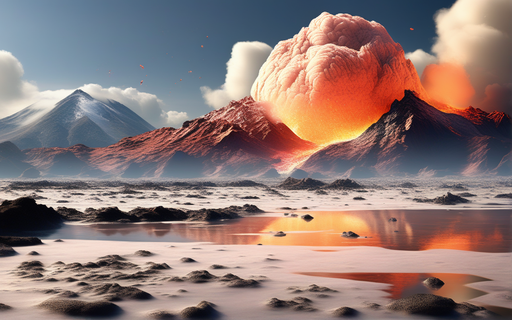Kiladze, the super child volcano of Pluto
Kiladze, the super child volcano of Pluto

On July 6, 2015, NASA's New Horizons space probe flew over Pluto and we were literally amazed. I'm not exaggerating. Until then, it was believed that Pluto, which had been demoted as a dwarf planet, was a frozen place, full of craters, boring and boring. activity, but the opposite was discovered, which was a diverse world with plains, mountains, a thin atmosphere with mists and some clouds.
The latest discovery reveals an even more active Pluto, since, analyzing the New Horizons data again, a group of American researchers affirm that they have discovered a crater that has a strange appearance and that is not really an impact crater, no. It is a crater resulting from the impact of an asteroid, but it could be a super cryovolcano.

Souce
The first clue that caught the attention of the researchers is that the structure lacked a central peak, which is a characteristic element of impact craters, it was also slightly elongated and on the other hand it was detected that there was water ice scattered around the kiladze .

Souce
A volcano that spews water ice, well yes, cryovolcanism works in a very similar way to terrestrial volcanoes, only instead of molten rock lava what it expels is ice or very cold water, researchers believe that ammonia reduces the freezing point of water which causes water to flow like frozen lava through the supervolcano, it is also believed that ammonia is found on the surface in the form of an ammoniacal chamber.
Thank you for visiting my blog. If you like posts about #science, #planet, #politics, #rights #crypto, #traveling and discovering secrets and beauties of the #universe, feel free to Follow me as these are the topics I write about the most. Have a wonderful day and stay on this great platform :) :)
! The truth will set us free and science is the one that is closest to the truth!
0
0
0.000
Thanks for your contribution to the STEMsocial community. Feel free to join us on discord to get to know the rest of us!
Please consider delegating to the @stemsocial account (85% of the curation rewards are returned).
You may also include @stemsocial as a beneficiary of the rewards of this post to get a stronger support.